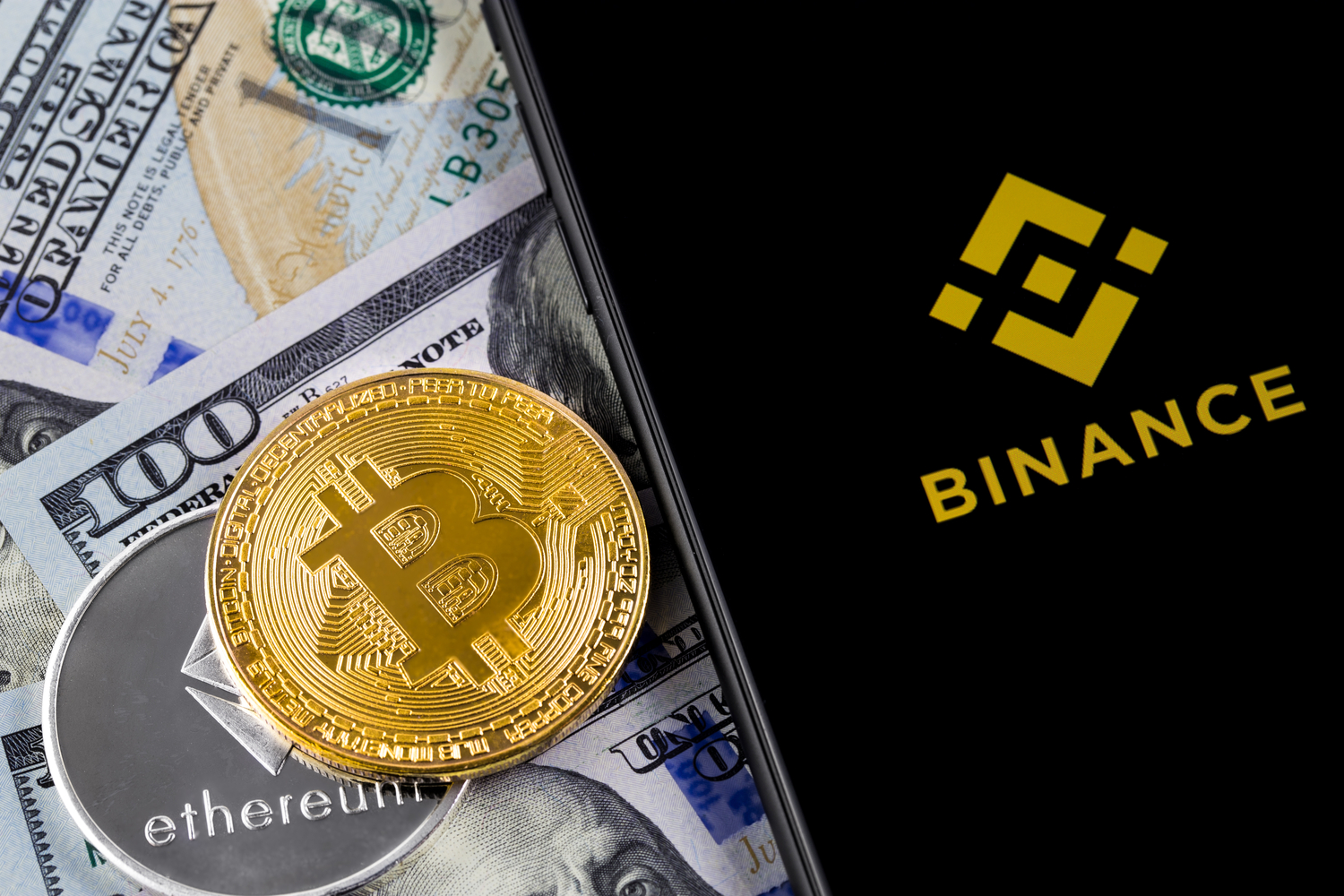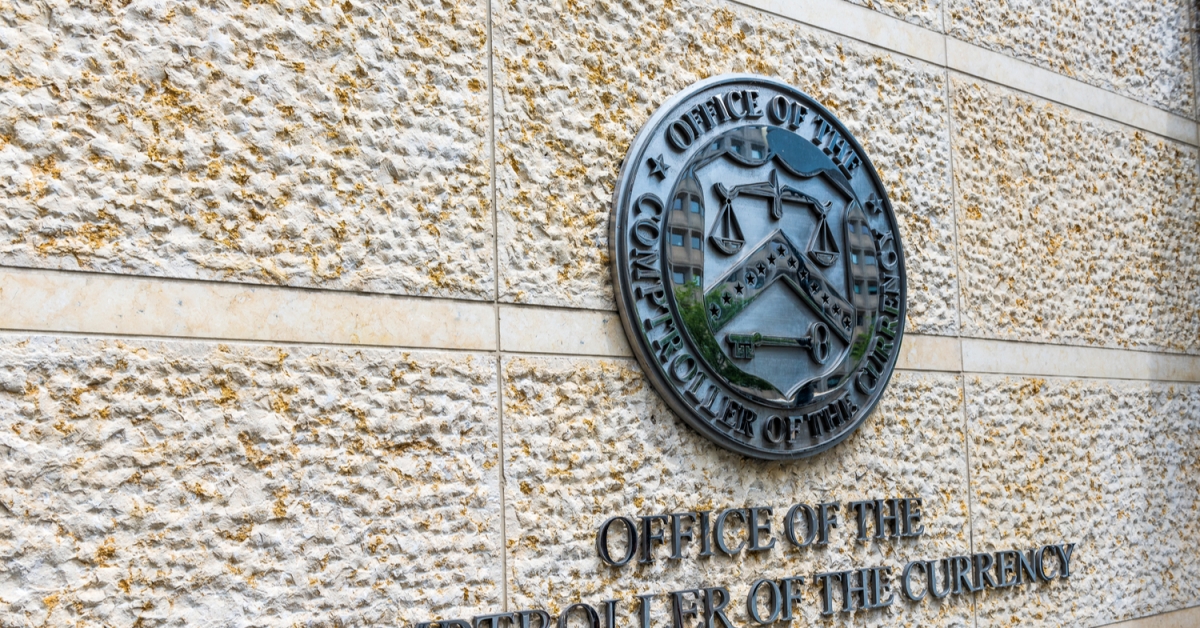How Leverage Can Help With Bitcoin’s Price Discovery

Bitcoin (BTC) is like any other asset class in that it captures value through organic price discovery conducted via trading activity on global exchanges.
Yet leverage and margin trading, in general, can help “turbo-charge” demand for an asset. They can also free up capital, thus increasing liquidity within a given market as traders look to use their capital elsewhere.
It’s an investment strategy of using borrowed money for the use of various financial tools to increase the potential return of an investment.
It’s also an efficient use of trading capital, valued by professionals because it allows them to trade large positions without committing 100 percent of their capital to a risky spot position.
For example, a trader that wanted to buy a thousand tokens at $1 apiece would only require a $100 of trading capital, depending on the leverage used, thereby leaving the remaining $900 available for additional trades.
Why leverage matters for bitcoin
Often touted as the most liquid cryptocurrency asset available, BTC benefits from leverage and margin trading activity by allowing investors and traders to lock in a position while maintaining a portfolio of other cryptos. It also provides professionals and retail investors with additional tools to capture value in the crypto market. In effect, greater demand on the asset class vastly improves the potential for more accurate value capture through organic price discovery.
Participating in a live panel discussion at Invest: ASIA in Singapore, Lennix Lai, financial market director at OKEx told Coindesk:
“If you can only buy or sell particular underlying tokens of bitcoin and you don’t have the capability to short, basically speculate in another direction, then the market would be a lot more volatile because it would be entirely driven by sentiment.”
“For example, you can view bitcoin as being much more volatile before CME Futures were introduced … so we should have more financial instruments like options to assist further in the price discovery process in relation to volatility,” he said.
Greater access to capital means greater liquidity, without actually increasing the number of traders in a given market. It provides a means for increasing capital inflow without attracting any new money.
And while the total market capitalization of the crypto market has been on the slide alongside declining total volume, the pressures from a bear market can be offset through leverage and margin trading.
What’s the risk?
Of course, the rewards don’t come without inherent risks, as a loss can lead to the liquidation of a trader’s capital and force spot prices lower. Such an event recently took place in BTC’s futures market on Sept. 24 triggering a “long squeeze“.
If the cryptocurrency underlying a trade moves in the opposite direction to what was expected, leverage can greatly amplify the potential losses. To manage the risk associated, traders usually implement a strict trading style that includes the use of stop orders and limit orders designed to curb potential losses.
Also speaking on the panel in Singapore, Sunny Ray, head of global business development at the Kraken crypto exchange, explained how exchanges protect themselves from that risk:
“If there’s a lot of volatility in the market, if the value of the asset drops below 20 or 30 percent, there is something called a margin call that takes place where a company will actually liquidate the customer’s assets to cover some of those losses.”
There are currently eight major exchanges that offer the ability to leverage crypto, with several others offering margin trading accounts such as Kraken, Binance and Deribitm, while Bakkt’s release of its futures product on Sept. 23 adds to the opportunities for more authentic price discoveries.
Disclosure: The author holds no cryptocurrency at the time of writing.
Bitcoin image via Shutterstock









